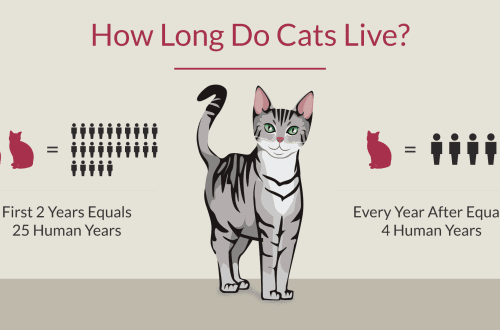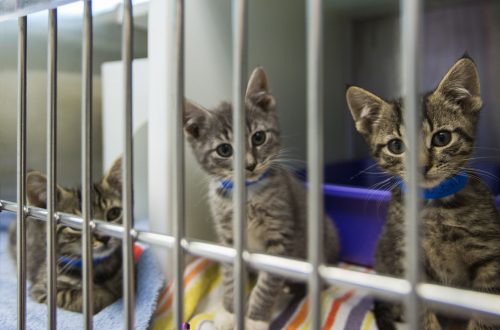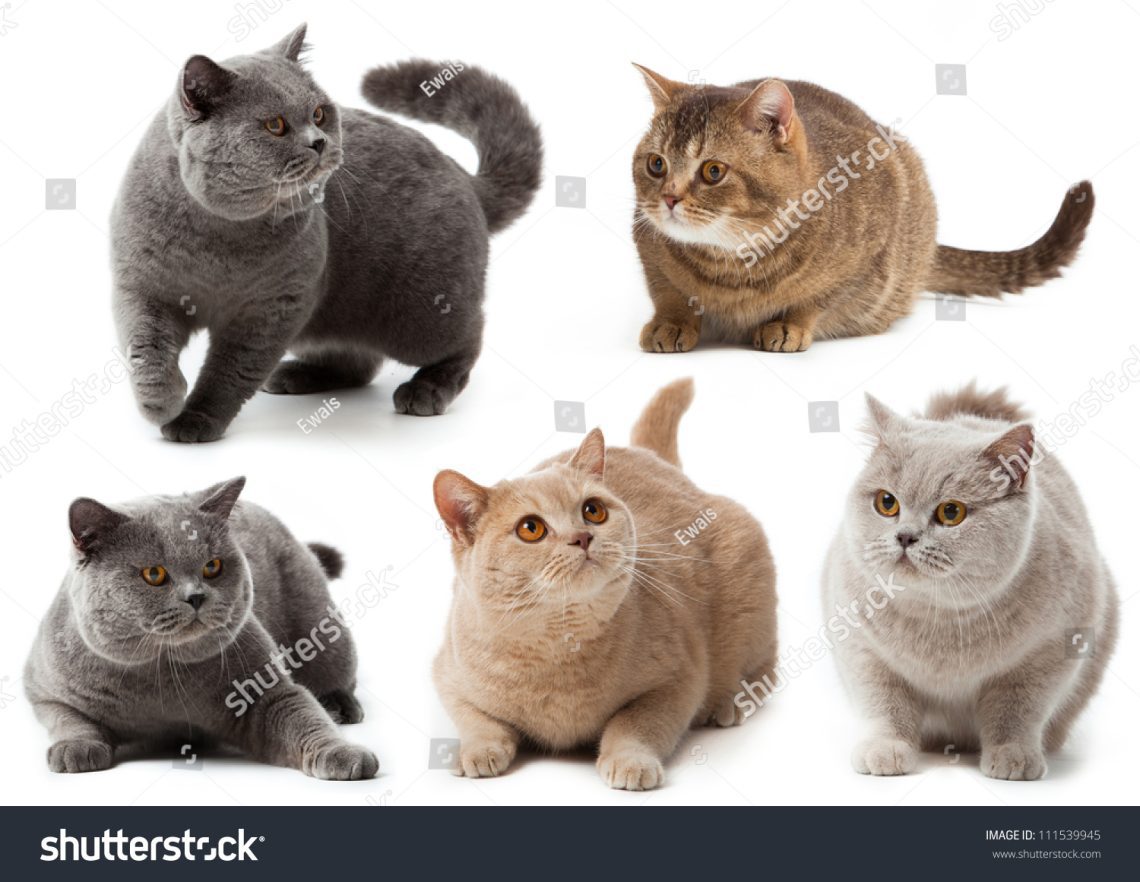
Colors of British cats
But now, felinologists have already counted more than 200 fur color options for this breed. Such a variety of colors of British cats became possible thanks to the long and painstaking selection work of felinologists around the world.
Contents
Varieties of colors of British cats
The parameters of a particular color of the British include not only the color of the coat. The tone of the undercoat, the pattern on the coat, the color of the nose and paw pads, and even the color of the eyes are also important. Only British kittens strictly matching the color standards should receive pedigrees. But in practice, sometimes these rules are not so strictly observed, so when buying, you should only contact trusted nurseries.
British cats have only two colors: black and red. The remaining colors are only derivatives of the main ones, as breeders say, by diluting (color) and suppressing (white) colors.
In order for an animal to meet the breed standard, it is necessary that it be evenly colored, every hair is dyed from tip to root, there should be no white hairs (excluding, of course, white color), heels and noses should be even in color, without spots, residual tabby spots should not show through. Eyes – orange, dark golden, copper (exceptions are allowed in white and color-pointed animals).
British solid colors | White BRI/BLH w Black BRI/BLH n Chocolate BRI/BLH b Blue BRI/BLH a Lilac BRI/BLH c Cream BRI/BLH e авн BRI/BLH p Cinnamon (cinnamon) BRI/BLH o |
Окрасы color-point | Black-point BRI/BLH n 33 Chocolate point BRI/BLH b 33 Blue point BRI/BLH g 33 Lilac-point BRI/BLH c 33 Red-point BRI/BLH d 33 Cream point BRI/BLH e 33 Color-point turtle BRI/BLH f 33 Smoky color point BRI/BLH s33 Veiled Color Point BRI/BLH 33 Shaded Color Point BRI/BLH 33 (11) Color-point bicolor BRI/BLH 33 (03) Faun point BRI/BLH p33 Cinnamon point BRI/BLH o33 |
Tortoise colors | Smoky tortie BRI/BLH f Bicolor tortie BRI/BLH 03 Black and red tortoiseshell BRI/BLH d Chocolate Red Tortoiseshell BRI/BLH h Blue-cream tortie BRI/BLH g Lilac Cream Tortoiseshell BRI/BLH j Cinnamon Red Tortoiseshell BRI/BLH q Faun Cream Tortoiseshell BRI/BLH r |
Tabby color | Marble tabby BRI/BLH 22 BRI/BLH 24 spotted tabby Striped tabby BRI/BLH 23 Patterned with white (torbiko) BRI/BLH w22/23/24 Patterned tortie (torby) Silver tabby BRI/BLH ns 22 Golden tabby BRI/BLH nsy 22 |
silver chinchilla | Silver shaded silver veiled |
Golden chinchilla | Golden shaded BRI/BLH ny11 Gold veiled BRI/BLH ny12 |
smoky colors | Classic smoky Hot tubs |
Colors with white | Smoky color with white Colorpoint with white Colors with white tabby |
British solid colors
Some of the solid (with an accent on the “o”), or solid colors – such as blue – are the ancestors of the colors of the British, and some – new colors – are obtained through the laborious work of breeders. The rarest solid colors are cinnamon and fawn.
White
Snow-white without yellowness. Kittens may have black or gray spots on their heads from birth, they disappear with age. The eyes can be blue, and heterochromia (difference of eyes) is also found. Breeding experiments with this color are over, because too many kittens are born with health problems. For example, deafness in white cats with blue eyes is a common phenomenon.
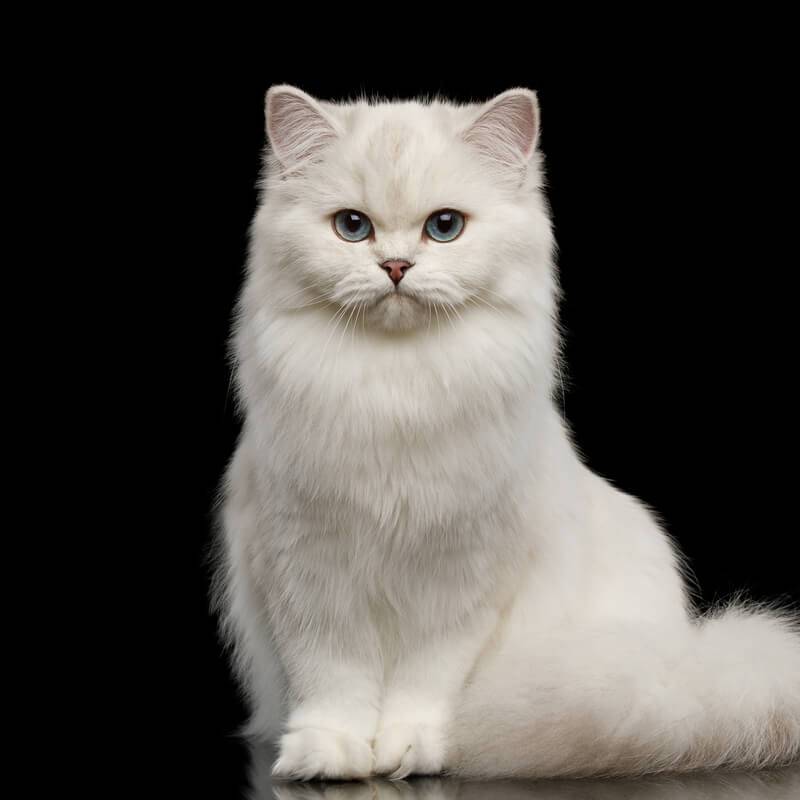
Black
The jet-black, “raven” colors of British cats give the animal a magical, magical look. But, unfortunately, it is difficult to guess that a black kitten will become a blue-black cat. Very often, kittens bloom somewhere by six months, changing the color of their coat to chocolate.
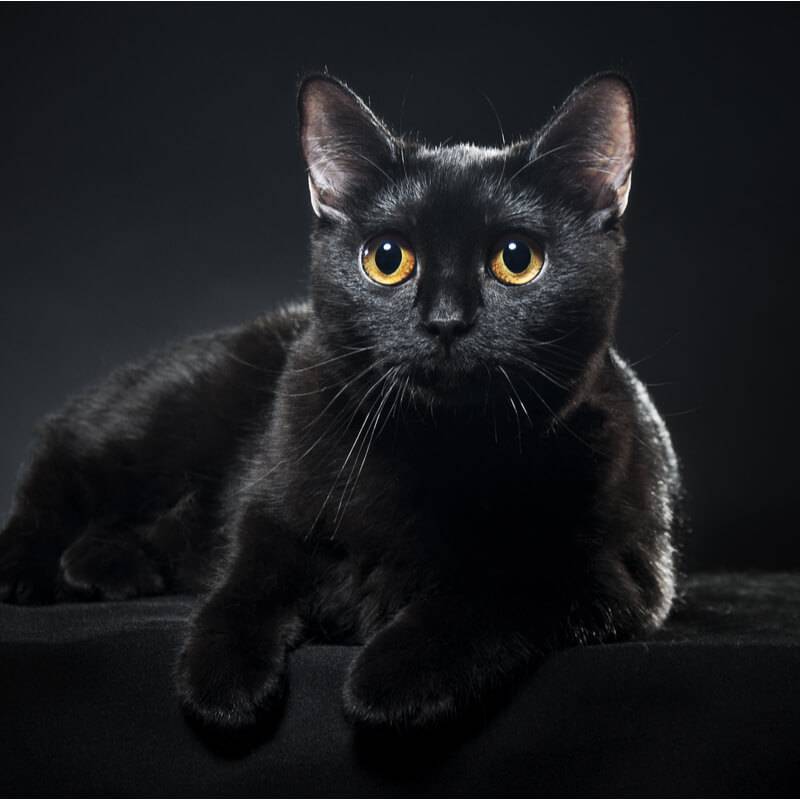
Chocolate
The richer and darker, the better. Kittens that have faded from black are usually not the most successful (brown) color. Desirable noble dark chocolate.
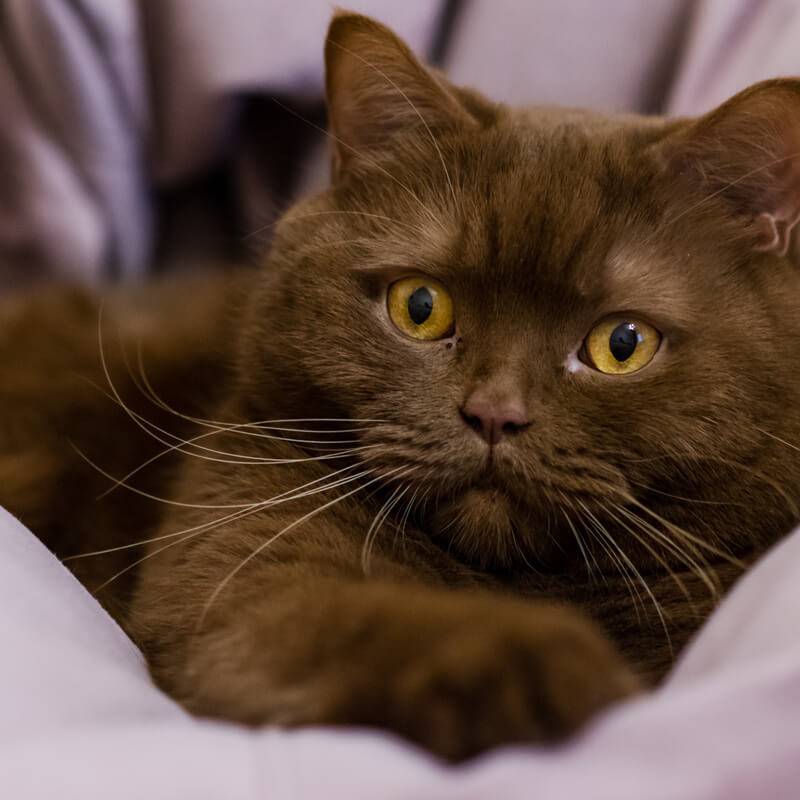
Blue
It’s a little lighter and a little darker. The “bluer” the shade, the more valuable. The undercoat is sometimes lighter than the main hairs, but the difference should be minimal.

Purple
A complex color that is a cross between blue and pink. selection result. Kittens are born dull pink; with age, the animal acquires a shade of light coffee with milk, with a pinkish tint.
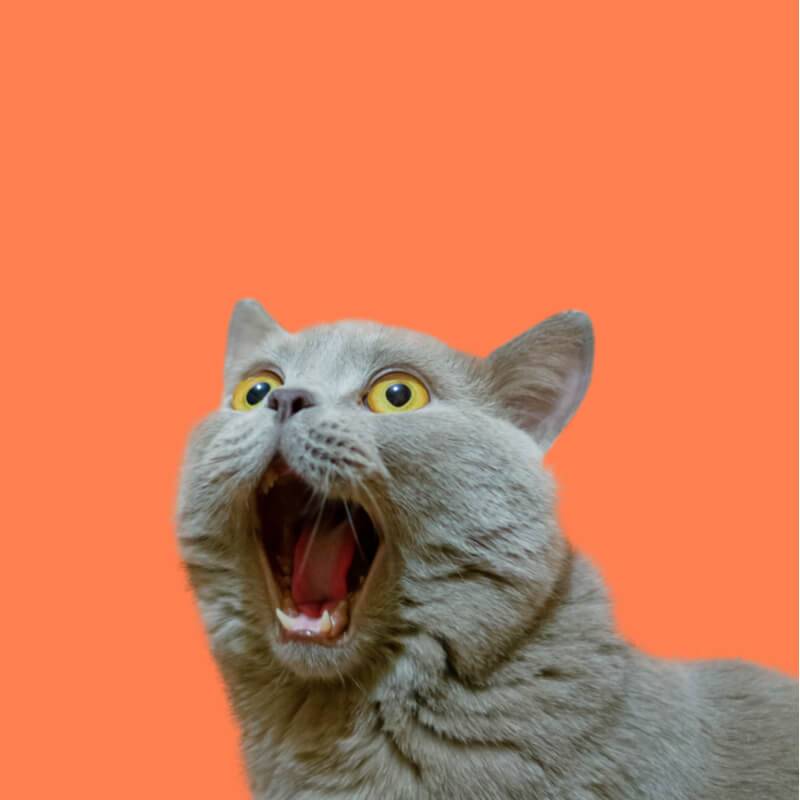
Cream
Beige or peach shades. Kittens can be born with a variegated coat, then the variegation goes away.
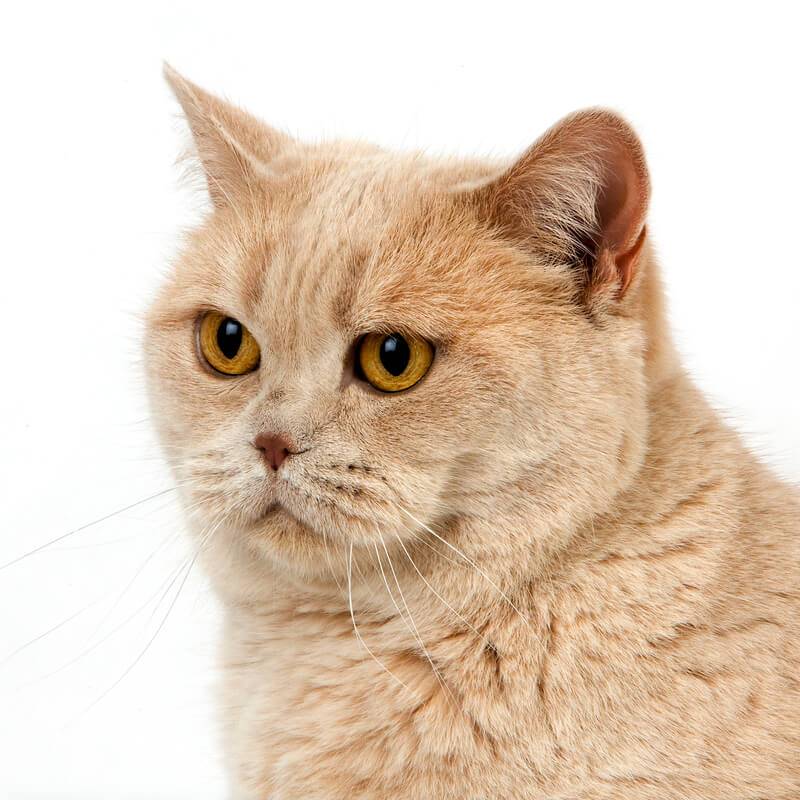
Faun
“Fawn” color, even lighter than cinnamon cinnamon. In infancy, such a kitten can be confused with a cream one, but the older the pet, the more clearly the gray tone appears (red predominates in cream cats).
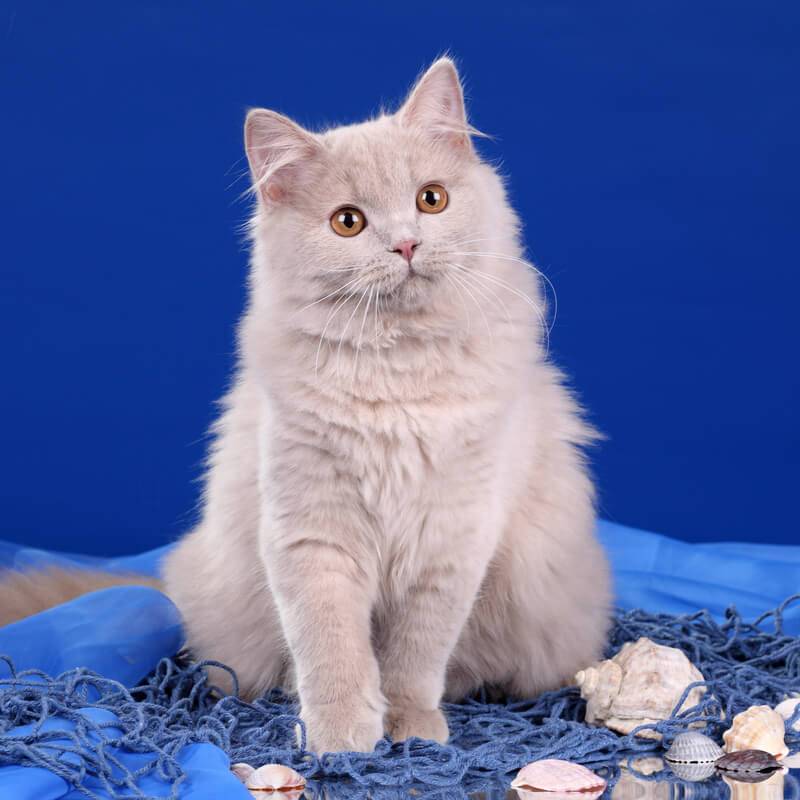
Cinnamon (Cover)
A rare color, the color of cinnamon, is similar to light chocolate with the addition of an orange tint.
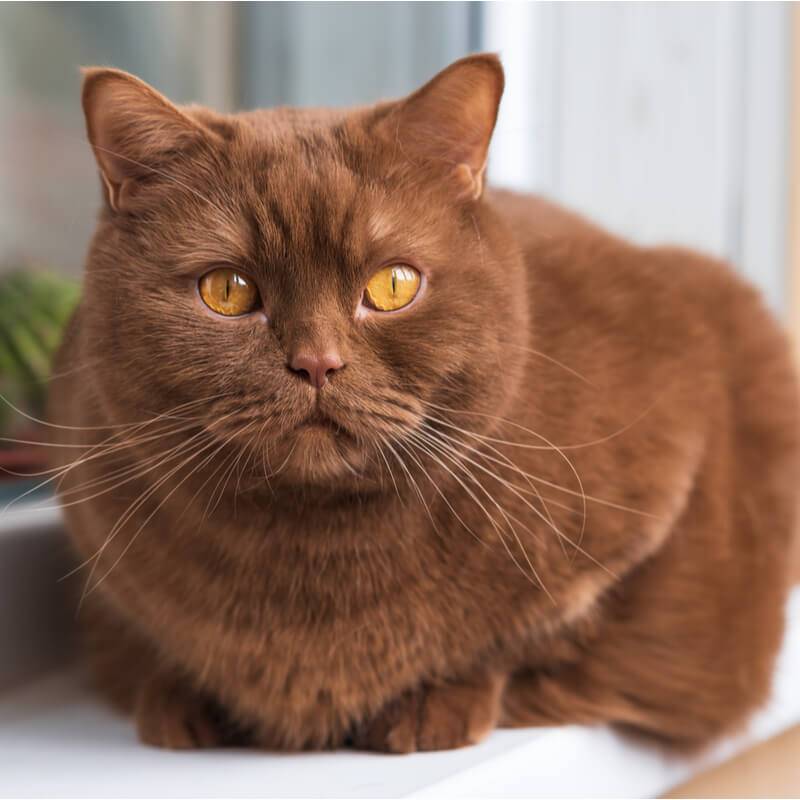
Окрасы color-point
The color introduced into the breed by breeders. Sometimes it is also called “Siamese” or “Himalayan”. Has the richest palette of shades. According to the standard – a light body without spots and darkened paws, head, tail. Coat with white undercoat. The eyes are blue, from watery transparent to sapphire, bright blue, which is especially appreciated.
British point-colored kittens are born almost white, dark hair grows to adolescence, and even later. Over the years, both light and darker coats darken.
Black point (classic, seal point)
The most common color. On the body, the coat can be in a palette from white to almost chocolate in color, point markings are dark brown, turning into black. The nose and paw pads are black or black-brown.
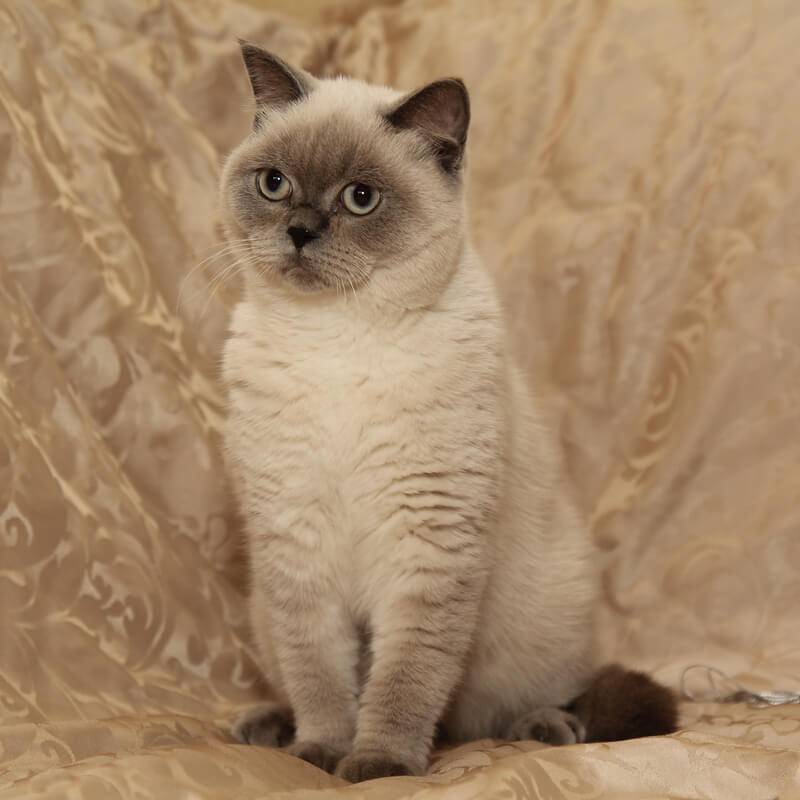
chocolate point
Rare beautiful color, one of the brightest. The body of the cat is creamy in color, and the point markings are a rich chocolate color, which should be even and bright. The nose and paw pads are brown, sometimes with a pinkish tint.
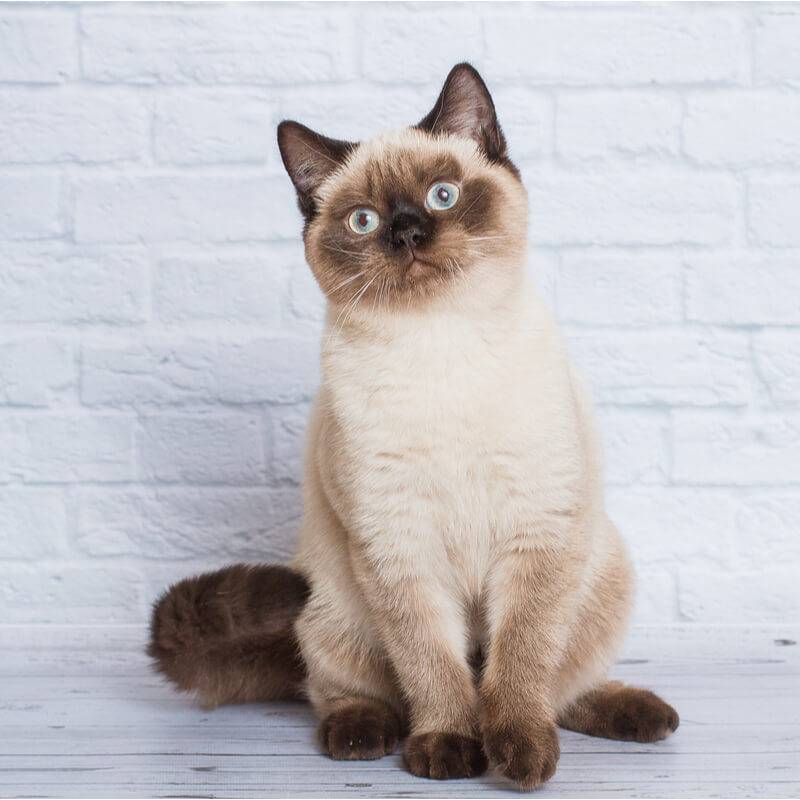
blue point
Delicate, soft color. Cold tone. Grey-blue body and blue point markings. Looks very harmonious with blue eyes-ice. The nose and paw pads are grey.

purple point
In this color there should be no sharp borders between the ground color (white or almost white with a pinkish sheen) and grey-pink point markings. However, the difference in tones should be clearly visible. Nose leather and paw pads grey-pink.
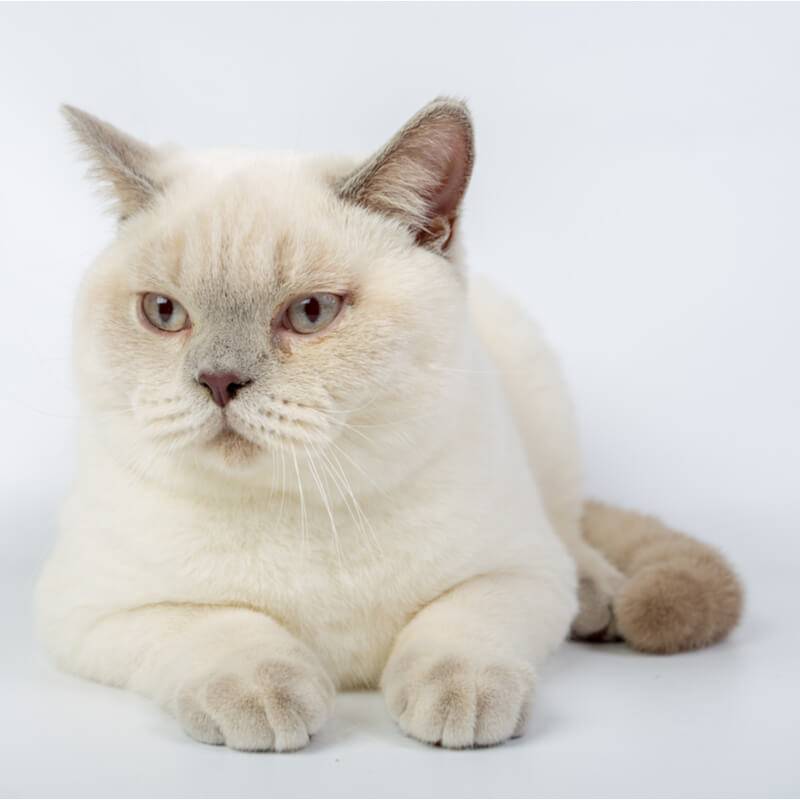
red point
Pretty rare color. White or reddish fur coat, bright red point spots. The brighter the red, the better. Ideally – red-brick color. The nose and paw pads are red to coral.
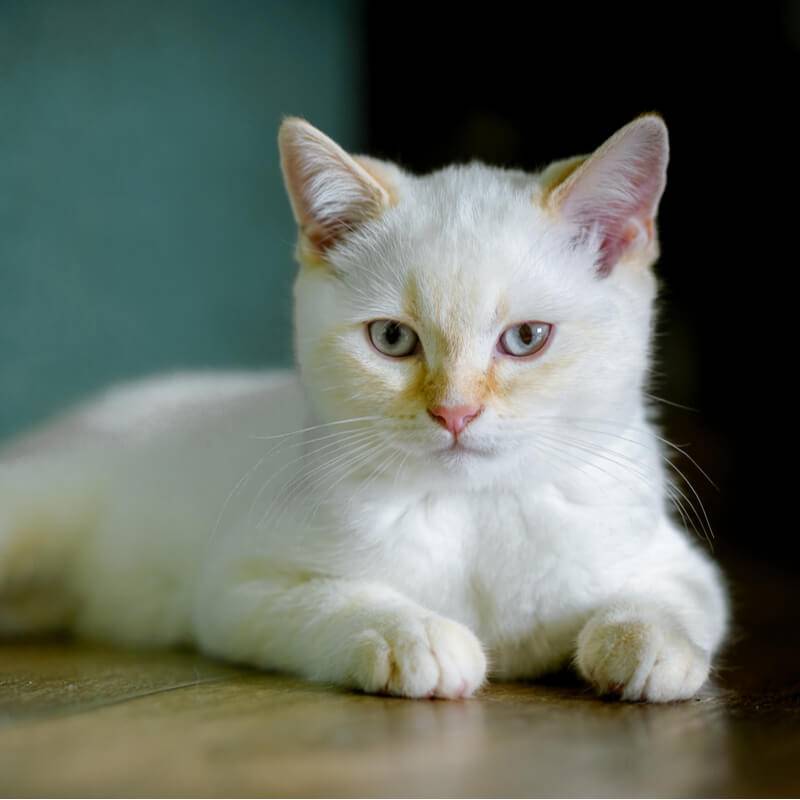
Cream point
Delicate creamy body color and smooth transition to cream point markings. The most striking spots are pink or coral nose and paw pads, as well as blue eyes.
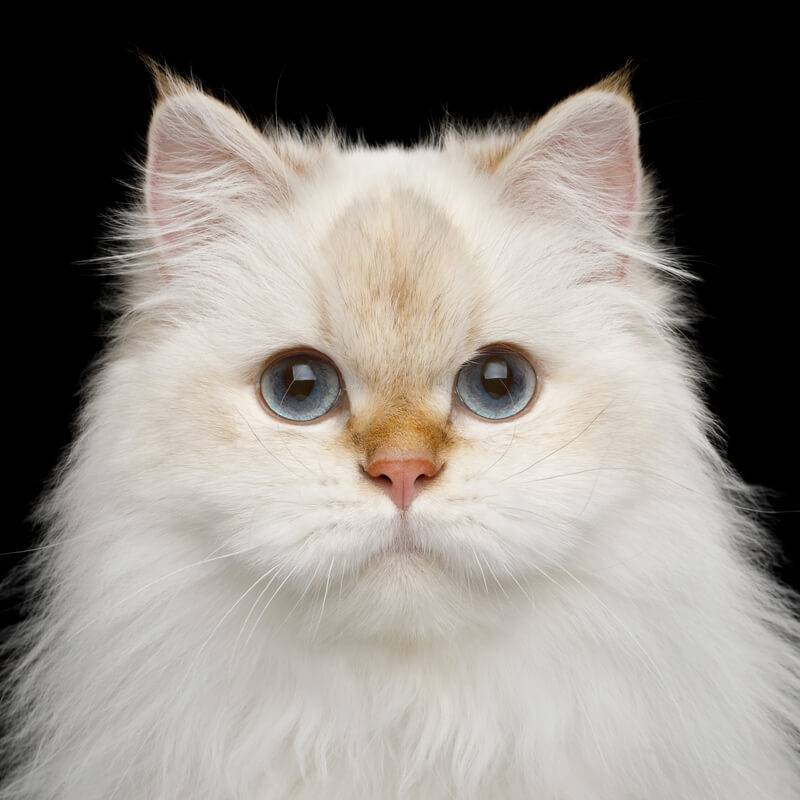
Color point turtle
Combination of two colors: color-point and tortoiseshell. Gentle interesting color. Light body and mottled, mosaic markings. In point markings, a combination of any colors from the palette can be present, soft, pastel colors are valued. The nose and paw pads are in the tone of the main color.

Smoky color point
An interesting miracle of nature, or rather, the result of the work of breeders. Cats are carriers of two colors. The body can be any of the “smoky” colors: black smoke, blue smoke, purple smoke, chocolate smoke, red smoke, cinnamon and fawn. Point markings in the same color but darker. The undercoat is white, the nose and paw pads are the same color.

Veiled color point
There are two types: silver and gold. On a silvery white or peach undercoat. Tipping on the back stains 1/8 of the hair in the tone of a particular color, point spots of the same color: black, blue, lilac, chocolate, red, cream, cinnamon and fawn. The nose and paw pads are in the same color tone.
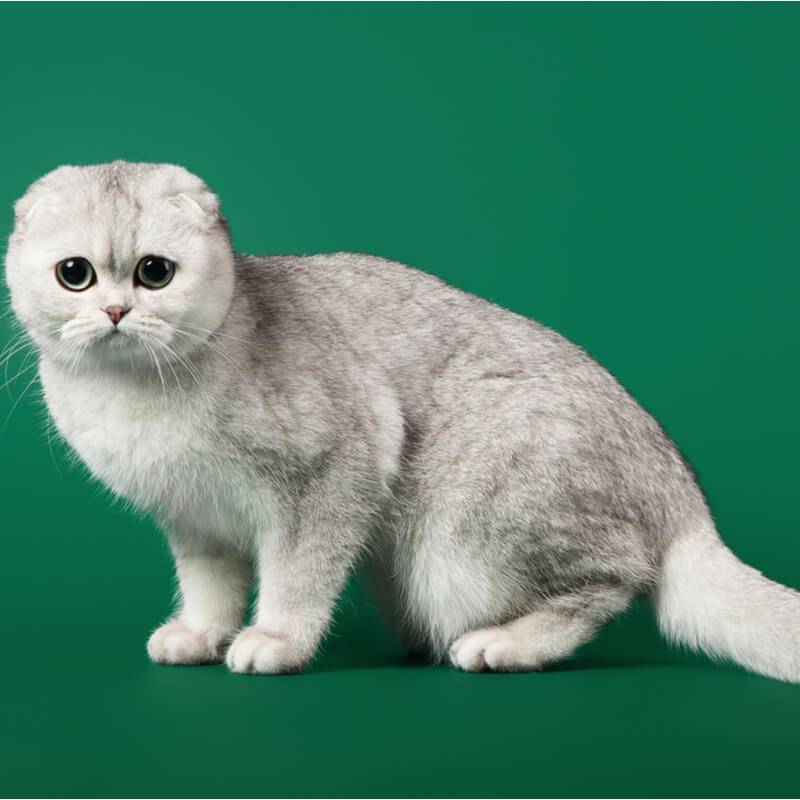
Shaded color point
There are two types: silver and gold. On a silvery white or peach undercoat. Tipping on the back stains 1/3 of the hair in the tone of a particular color, point marks without sharp borders, may be small. Black, blue, lilac, chocolate, red, cream, cinnamon and fawn. The nose and paw pads are in the same color tone.
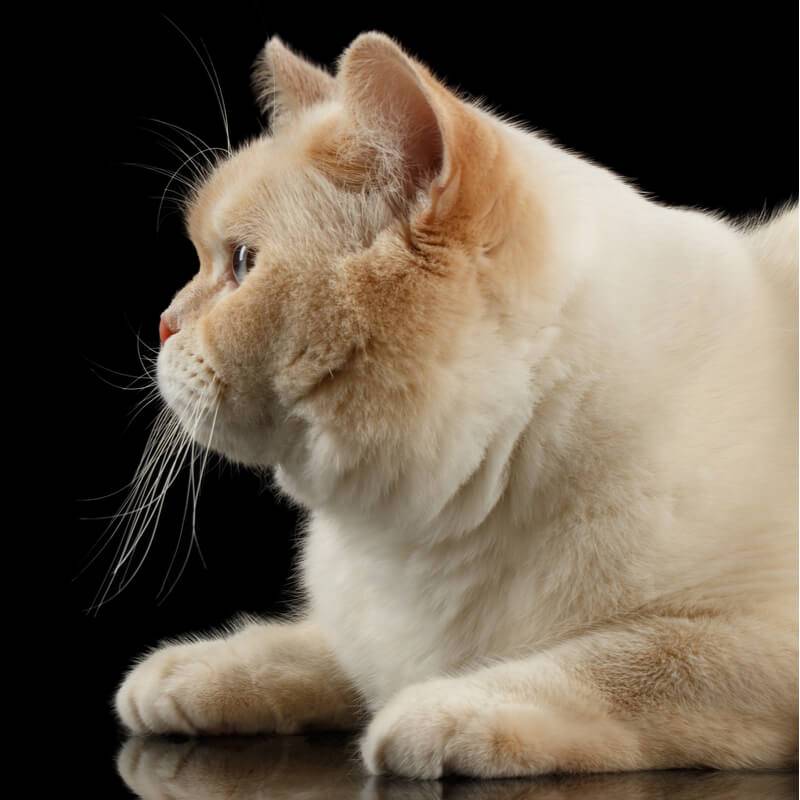
Color point bicolor
Consists of two colors: white and any of the palette with point markings. As a rule, the chest, part of the body, front paws are white, there are also white spots on the cheeks. The symmetry of white spots and their harmonious arrangement are appreciated. Markings are black, blue, lilac, chocolate, red, cream, cinnamon and fawn. The nose and paw pads are in the tone of the main color.

fawn point
Light sand body and light brown with beige markings. It is a deer shade, without redness. Beige nose, beige paw pads.
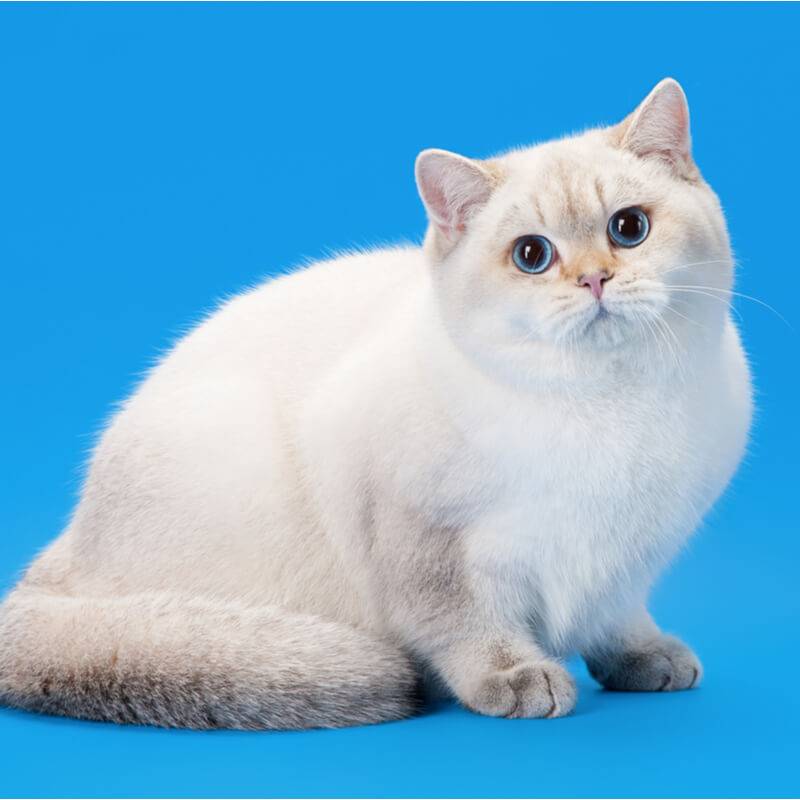
Cinnamon Point
Very rare color, the dream of breeders. Ivory coat and red-brown point markings. Red and pink-brown nose leather and paw pads.
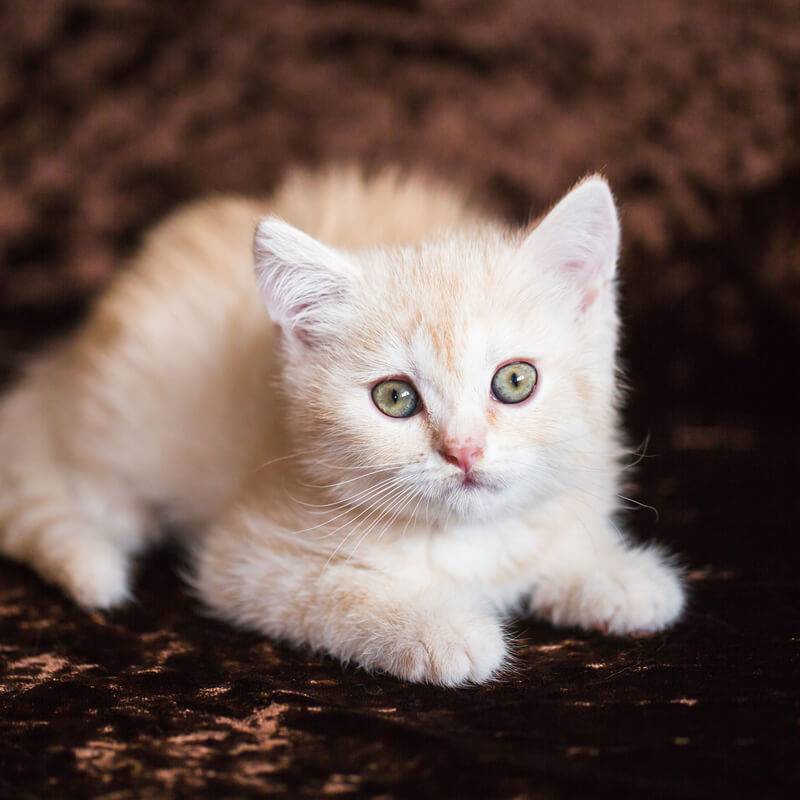
Tortoise colors
Tricolor cats are amazing in that each one is unique. There are no identically colored turtles. Types of color – small-spotted or patchwork, calico (spots on white). A very interesting joke of nature: only cats are tortoiseshell. Well, practically. Tricolor cats are much more rare than white crows. A similar color in cats can only be with a genetic error with chromosomes. Most breeders-felinologists, having worked with animals all their lives, have not met tricolor cats. But yes, such a kitten may someday be born. Unfortunately, there will be no offspring from him, although history knows exceptions. Turtles also include chimera cats that strike everyone with their appearance, in which the muzzle is neatly painted in half in different colors. Chimerism is also a genetic anomaly.
There are six main subgroups of this color: classic tortoises, smoked tortoises, torby (tortoiseshell tabby), tortie (colour point tortoiseshell), calico (patchwork tortoise) and mixed color (tortoiseshell tabby with white).
Bicolor tortoiseshell
This color is also called calico, or patchwork turtle. The brightest, most elegant color. On a white background – colored spots, the boundaries of which are not blurred and do not mix. Spots can be any color from the palette. Pigmented spots should cover more than a third of the body surface. If there are few colored spots on a white background, such animals are called harlequin or van.
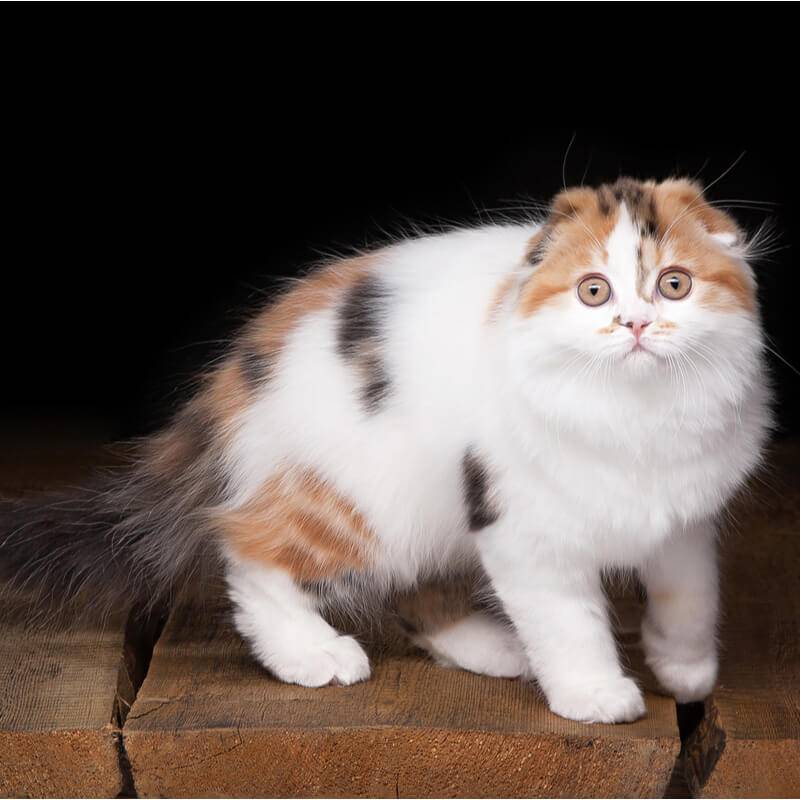
Black and red tortoiseshell
Ideally, a cat should have approximately 50% red and 50% black spots. The brighter the spots, the better. Brownish and beige spots are the same red color, only clarified. A red spot on the forehead is highly desirable according to the standard.
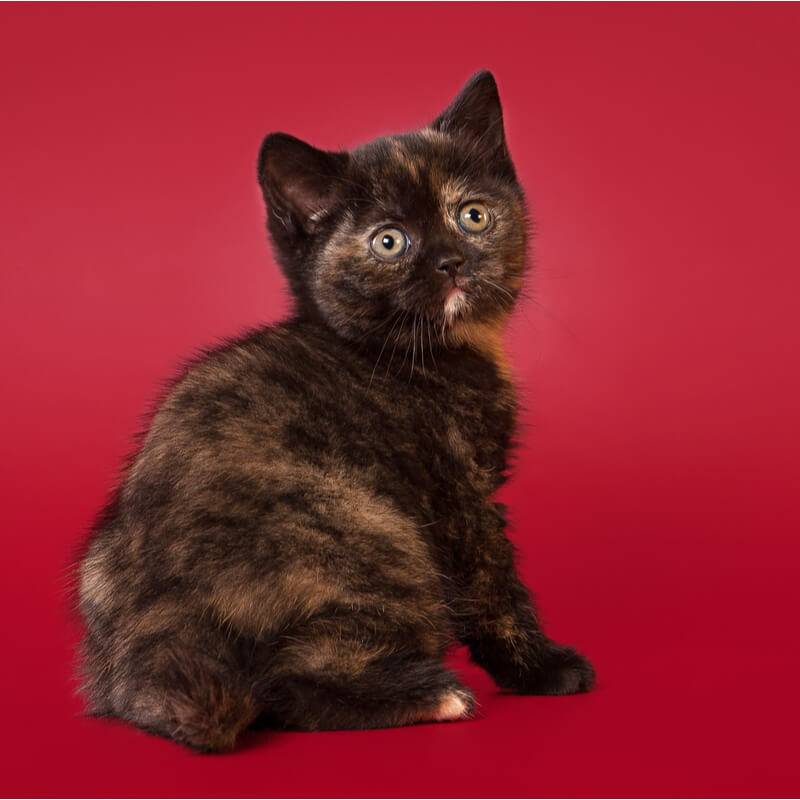
Chocolate red tortoiseshell
Interesting, rarely seen color. Ideally, a cat should have approximately 50% red and 50% black spots. The brighter the spots, the better. There should be a light spot on the forehead.
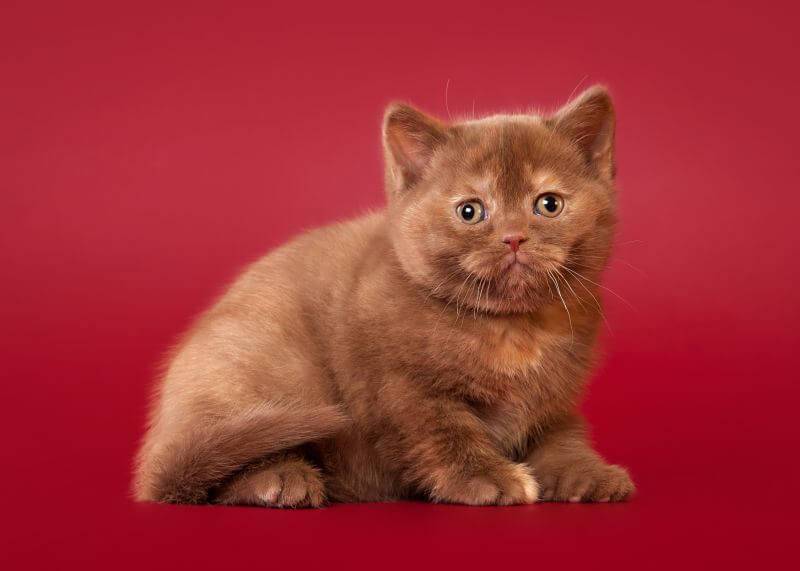
Blue cream tortoiseshell
Soft, gentle, very noble color. Pastel colors (blue and cream) smoothly transition into each other. White spots and even hairs are not allowed.
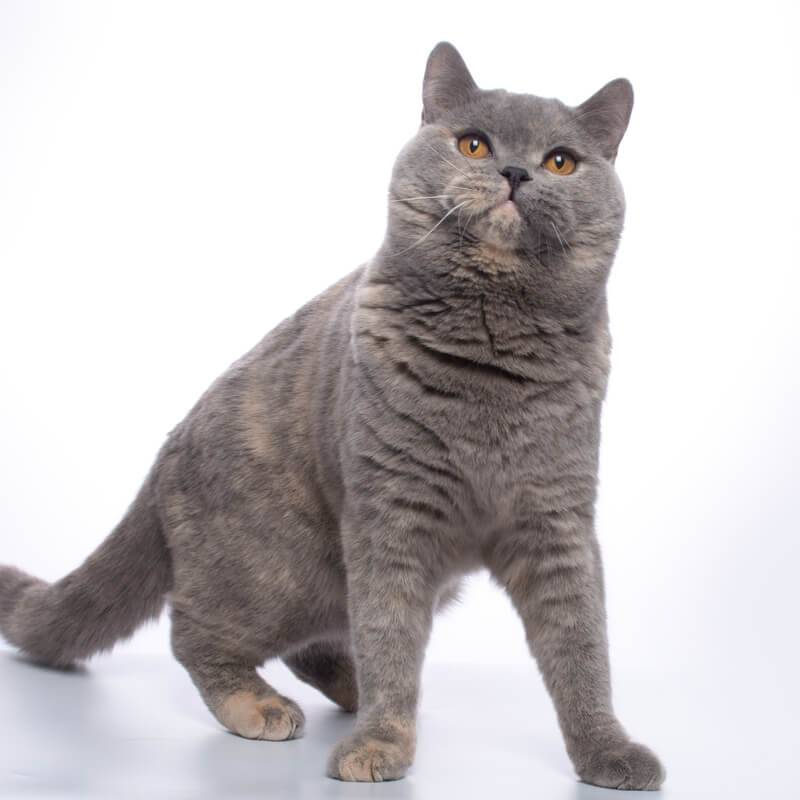
Lilac cream tortoiseshell
Purple and cream spots are neatly distributed throughout the body of the animal. White blotches are not allowed. There should be a cream spot on the cat’s muzzle.

Cinnamon-Red Tortoiseshell
A rare tortoiseshell variant. The color of the coat is warm, saturated. The spots are evenly distributed, there should be a red spot on the muzzle of the animal.
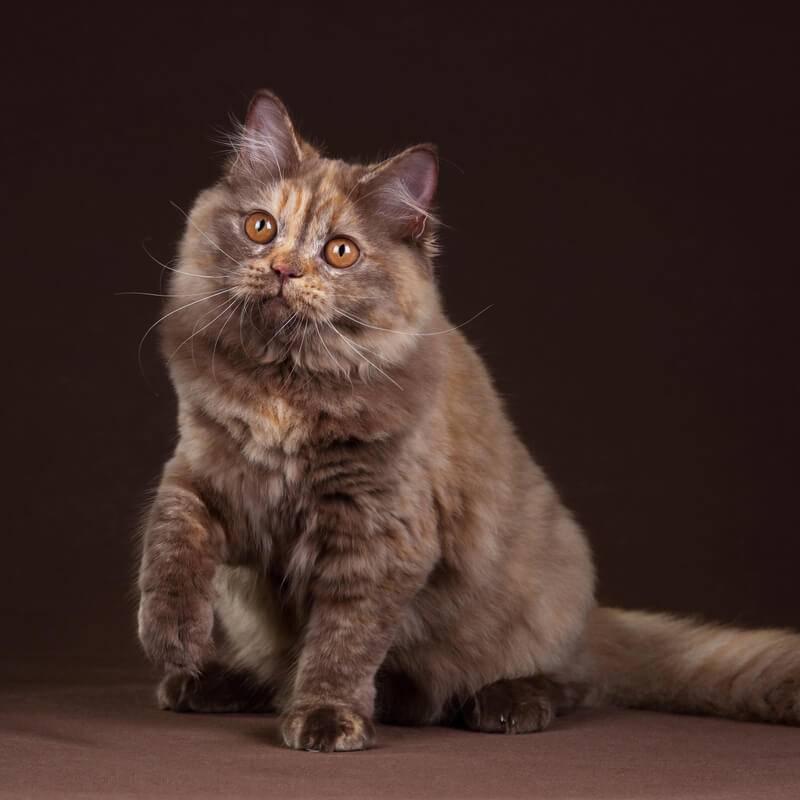
Faun cream tortoiseshell
This color is rare. The spots are not bright, but nevertheless they should have a different color. White coat as well as residual tabby color are not allowed. But there should be a cream mark on the forehead.
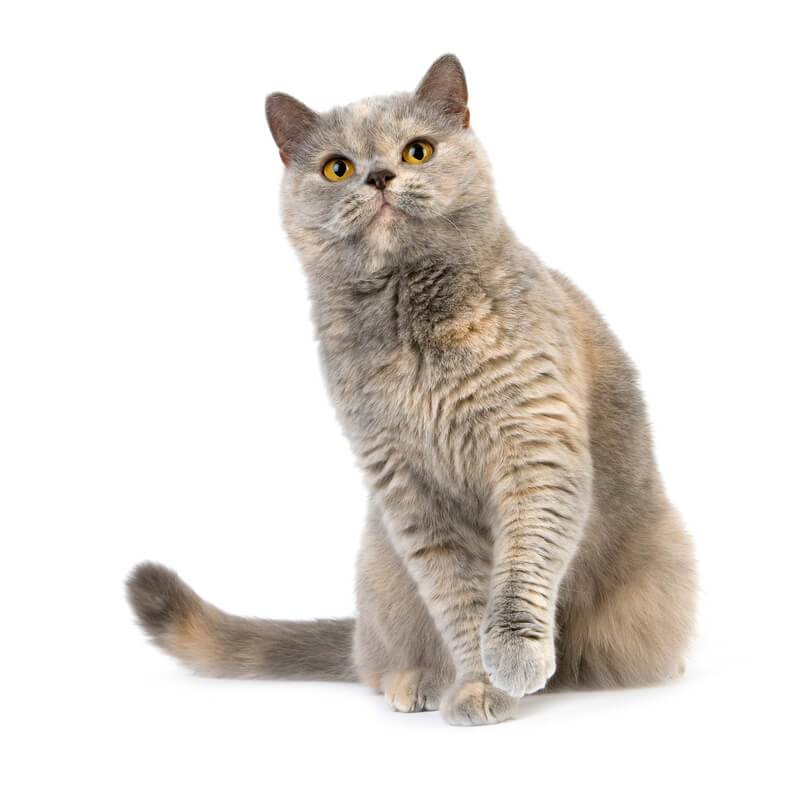
Tabby color
The main signs of a tabby (or wild color) are the letter M located on the forehead of the animal (according to legend, this is the sign of a scarab), dark stripes near the eyes and on the cheeks, as well as rings (necklace) on the neck and chest.
Marble tabby
Dark circles, curls and patterns on a light background. The pattern should be clear, not tangled or intersected.
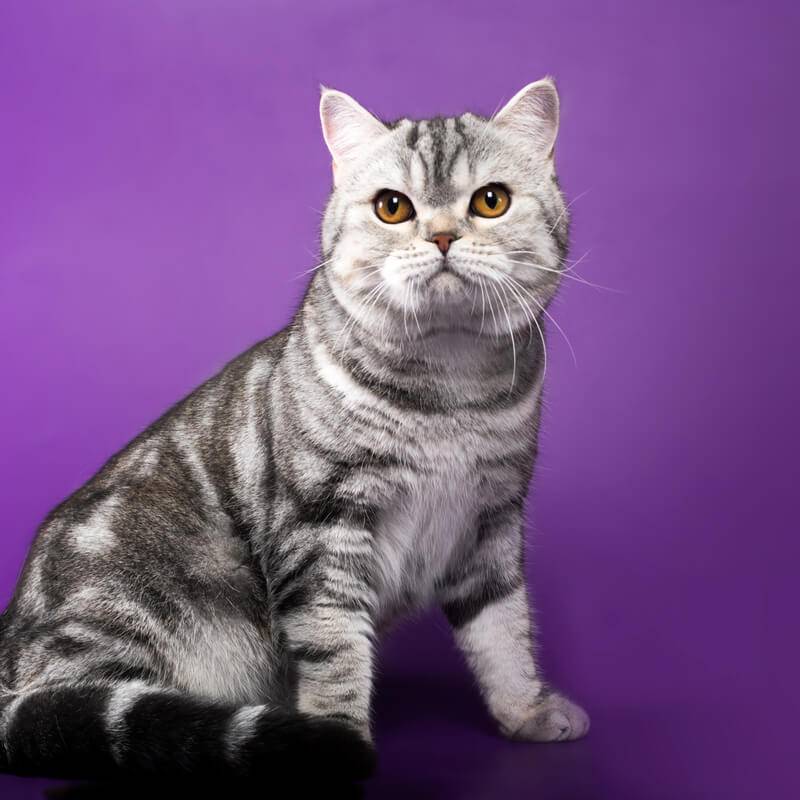
Spotted tabby
Mandatory stripes on the cheeks, a stripe in the form of a dotted line along the ridge, spots on the sides, preferably clearly defined and bright. The cat is a micro leopard.
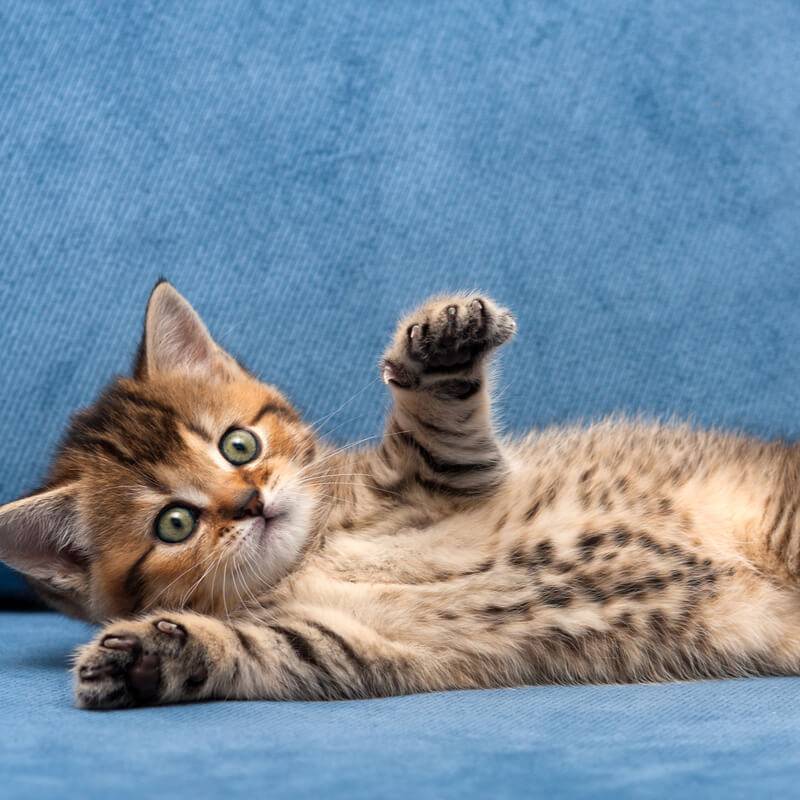
Striped tabby
Brindle (sprat, mackerel, striped) is the most common tabby color. Mackerel fish (mackerel), as well as sprat, have tiger stripes on their scales, like cats on their fur, hence the name.
Distinctive features are a dark stripe along the ridge, going to the tail, and striped sides. It is important that the strips do not break, do not turn into spots. The cat is a micro-tiger.
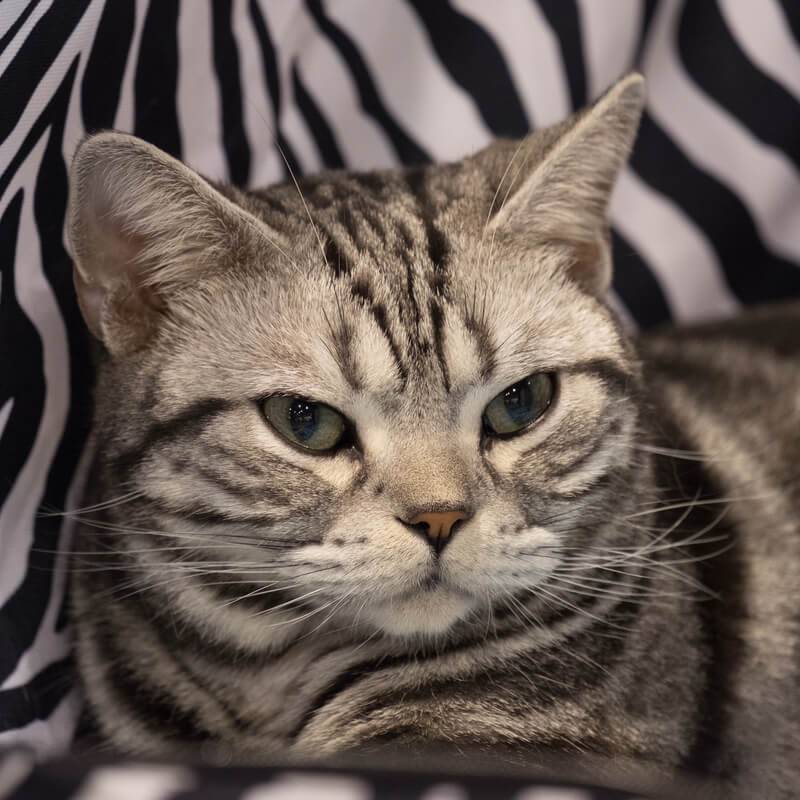
Patterned with white (torbiko)
Quite a rare color, consists of three: tabby, tortoise, white. On a white background, colored spots with one of the tabby patterns.
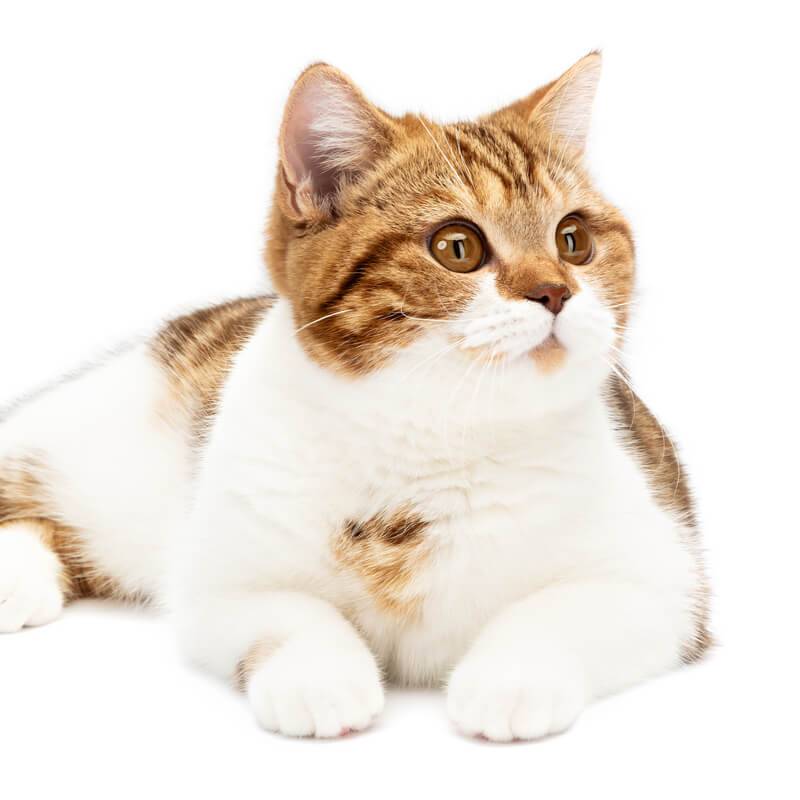
Patterned tortie (torby)
In an animal under any of the coat colors (black-red, chocolate-red, blue-cream, lilac-cream, as well as cinnamon-red and fawn-cream), a tabby pattern appears.
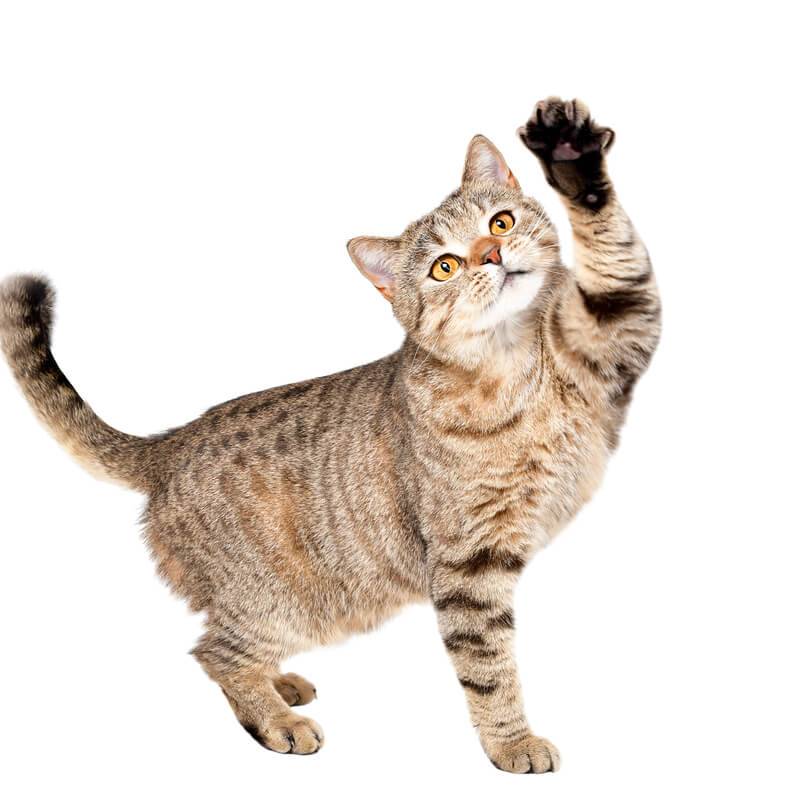
Silver tabby
On the cat’s coat there is a black pattern (stripes, spots, marble), white and silver undercoat.
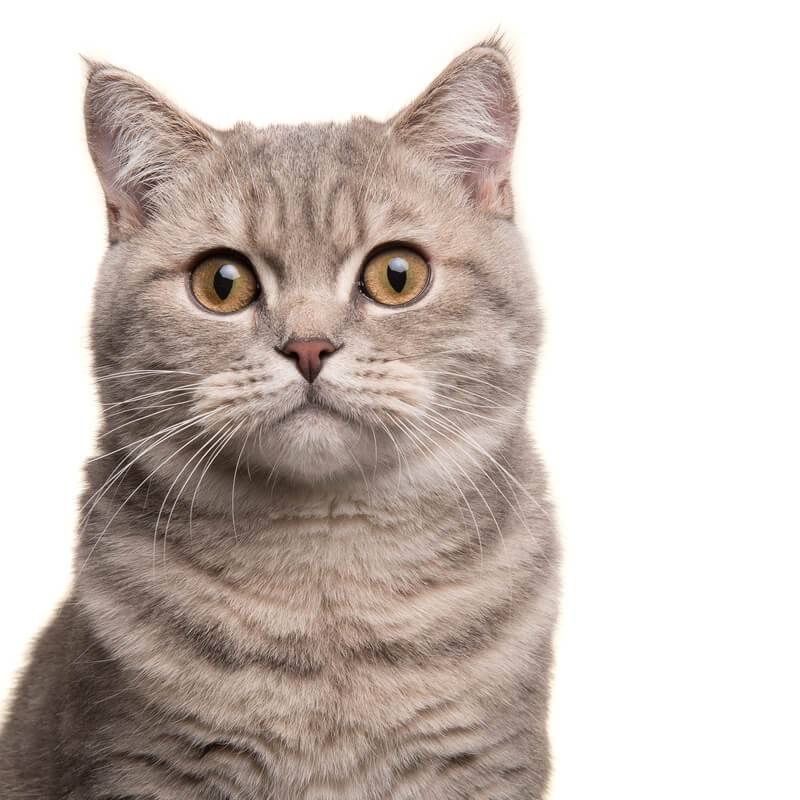
golden tabby
On the cat’s coat there is a red pattern (stripes, spots, marble), apricot undercoat.
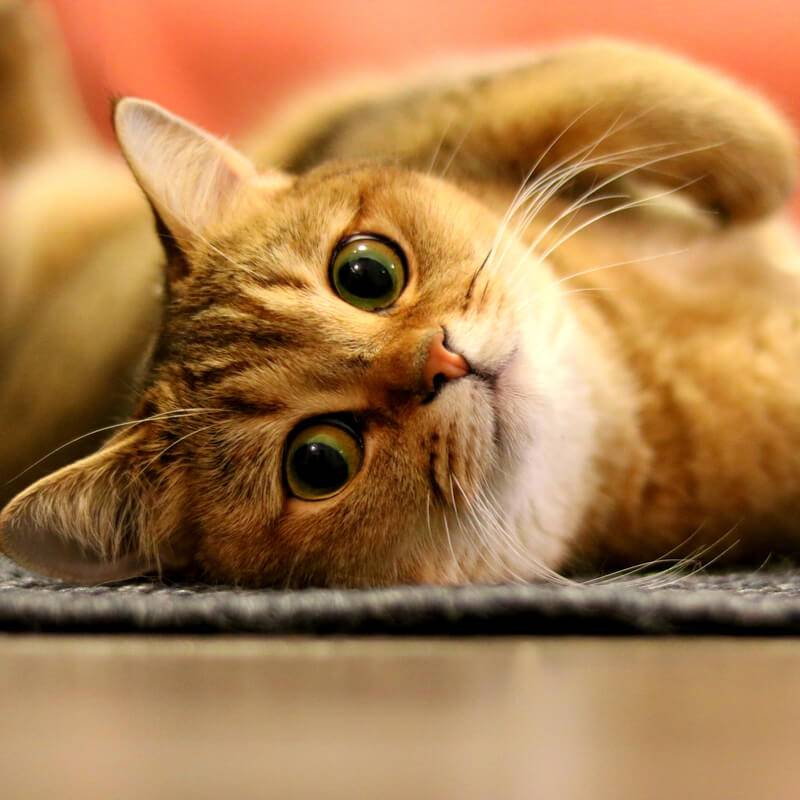
silver chinchilla
It is still rare, difficult to breed, but very beautiful, “royal” variety of the British cat. The color is named so because of the similarity with the fur of real chinchillas.
Beauty – the owner of a snow-white fur coat with a “spray” of the main tone of the color, black or blue. No yellow shades of wool are allowed. The nose mirror and paw pads should match the main color. The eyes are necessarily green, except for the pointed subspecies. Colors differ in the degree of dyeing of hairs.
Silver shaded
Shading is when only the upper third of the hairs is dyed in the main color. In all other respects, the animal looks like with a solid color, only slightly “dusted”. This effect is achieved due to the fact that each hair has a colored tip. The undercoat is white.
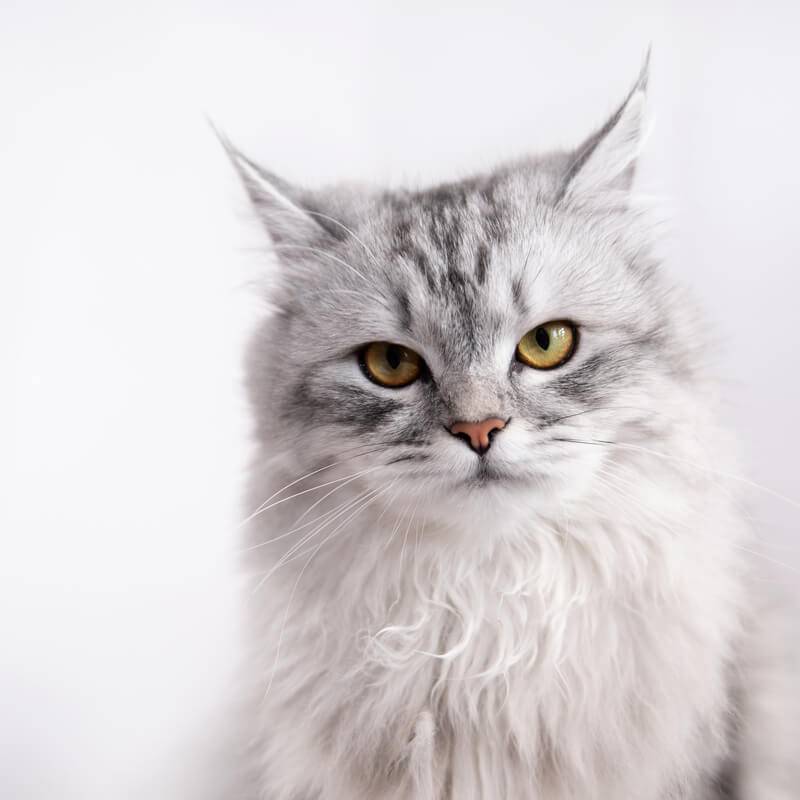
silver veiled
Veiling is when the upper 1/8 of the hairs is colored. In all other respects, the animal looks like with a solid color, only in a barely distinguishable transparent “veil”. This effect is achieved due to the fact that each hair has a colored tip. The undercoat is white.
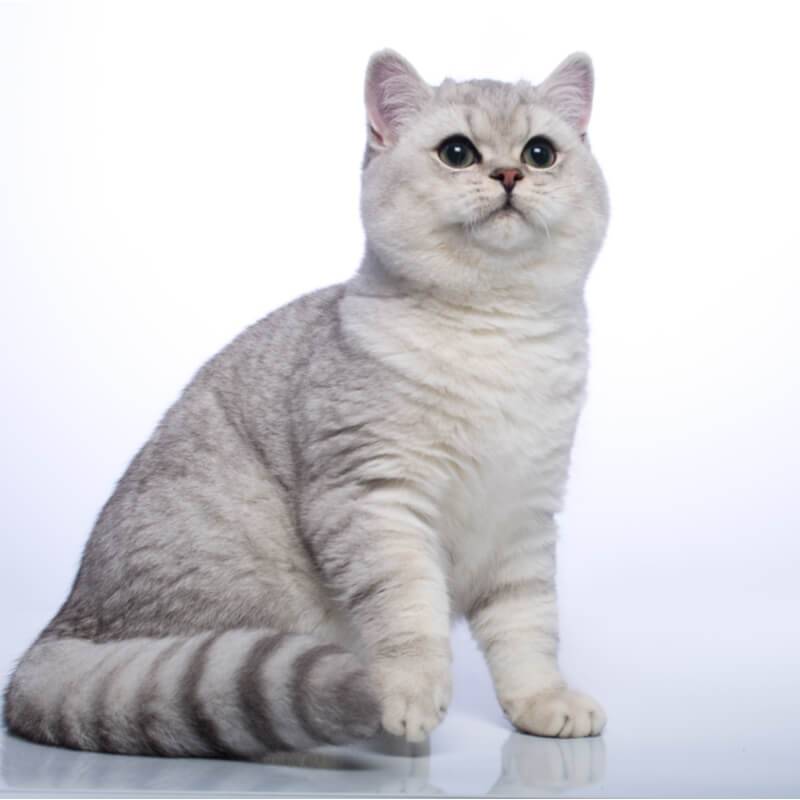
Golden chinchilla
Even rarer, difficult to breed, but very beautiful, “sunny” variety of the British cat. Its color is named so because of the similarity with the fur of real chinchillas.
This cat wears a coat of bright apricot color with black or blue “coating”. The brighter the “gold”, the more valuable. Shades of gray are not allowed. The nose mirror and paw pads should match the main color. The eyes are necessarily green, except for the pointed subspecies. Colors differ in the degree of dyeing of hairs.
golden shaded
Shading is when only the upper third of the hairs is dyed in the main color. In all other respects, the animal looks like with a solid color, only slightly “dusty”. This effect is achieved due to the fact that each hair has a colored tip. The undercoat is peach or apricot.
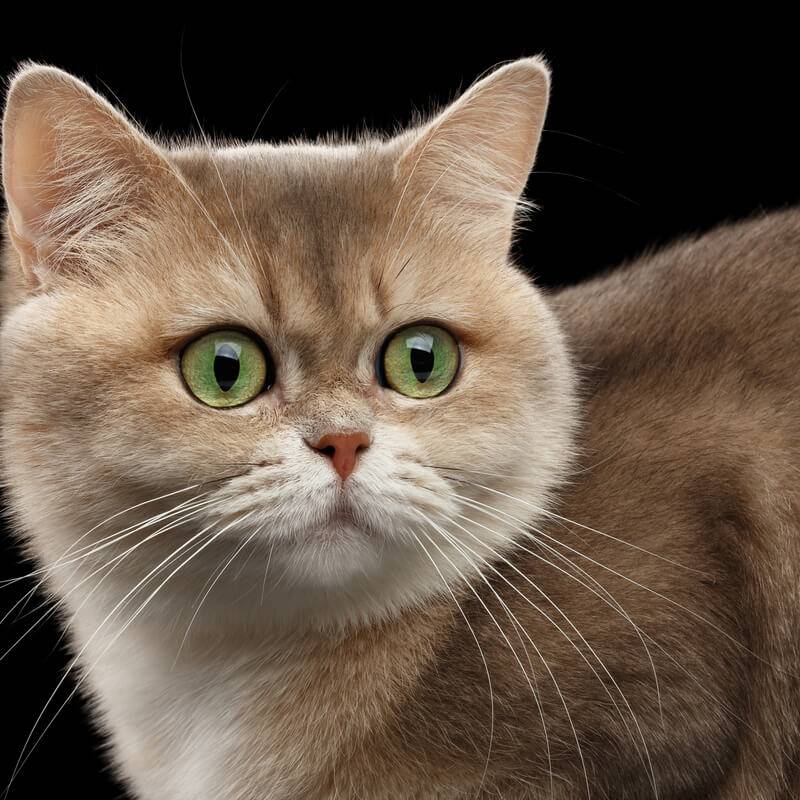
golden veiled
Veiling is when the upper 1/8 of the hairs is colored. In all other respects, the animal looks like with a solid color, only in a barely distinguishable transparent “veil”. This effect is achieved due to the fact that each hair has a colored tip. The undercoat is peach or apricot.
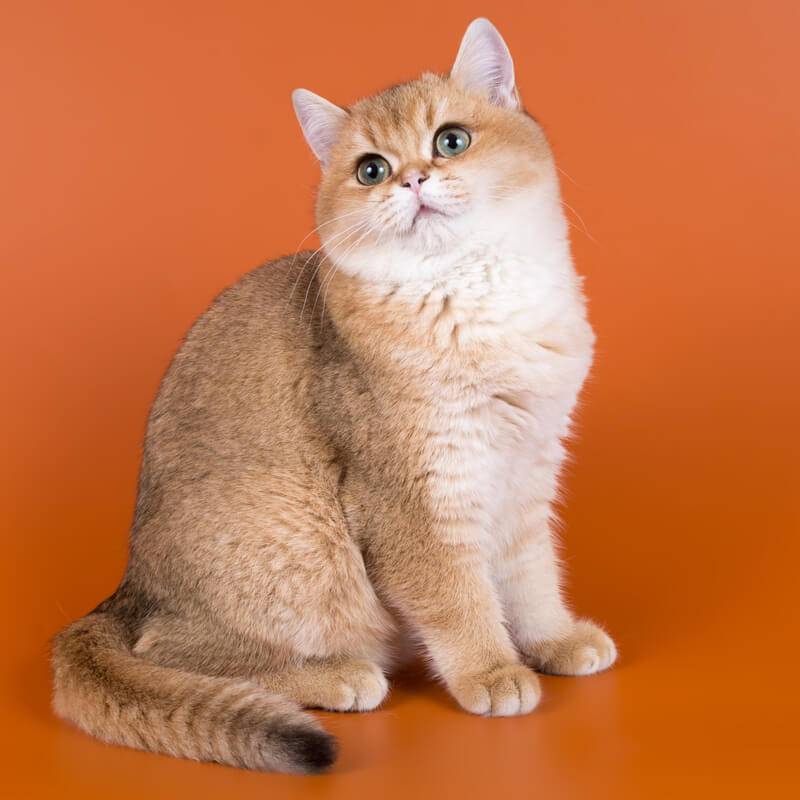
smoky colors
“Smoky” can be any of the colors, most importantly, the undercoat should be lighter than the main tone, preferably white. This is one of the varieties of color distribution along the hairs. Approximately half of the hair is colored, and closer to the root is the white half. There are also “cameo” colors, in which the color of the undercoat almost merges with the color of the main hairs.
Classic smoky
“Smoke” is superimposed on the same solid coat colors: black-red, chocolate-red, blue-cream, lilac-cream, as well as cinnamon-red and fawn-cream. The undercoat is silvery white.
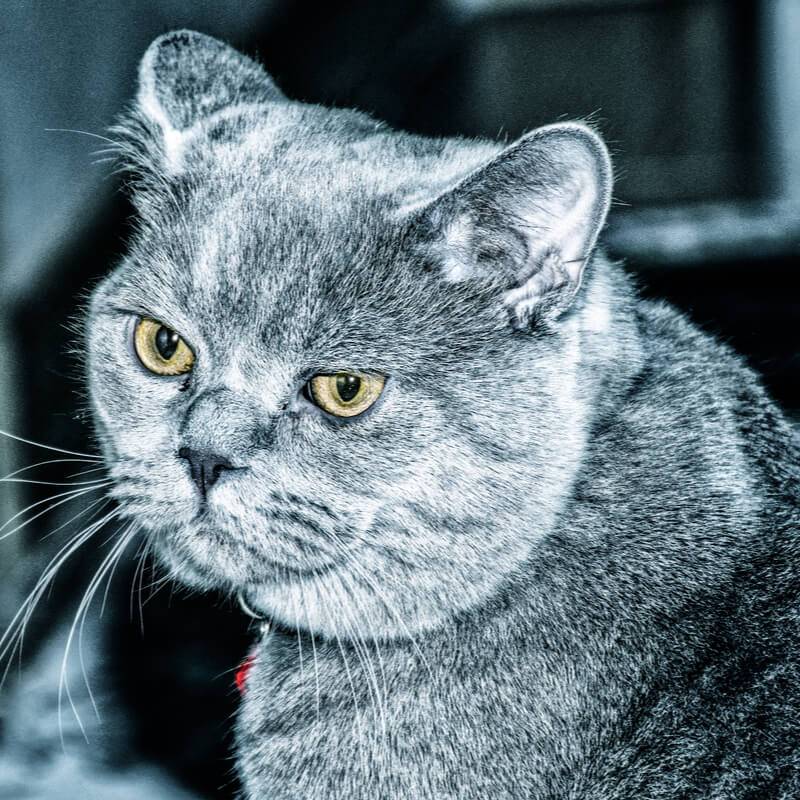
Hot tubs
The cat has a symmetrically and harmoniously distributed white color and “smoky” spots of any color. The undercoat is white, the nose and paw pads are the same color as the base color.
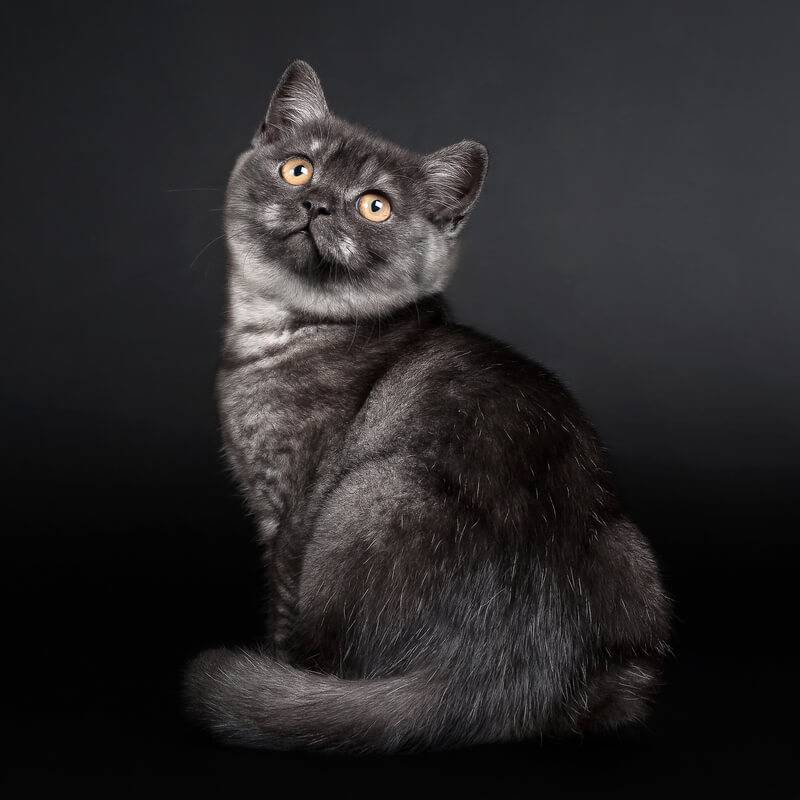
Colors with white
A cat can have any of the possible colors: black, blue, lilac, chocolate, red, cream, cinnamon and fawn, as well as a combination of these plus white spots. White should be one fourth (at least!) of the body – this is the chest, front paws, cheeks, stomach. The nose mirror and paw pads should match the main color.
Classic color with white
In fact, this is a bicolor cat. Elegant white spots (yellowness is not allowed) and a fur coat of any of the classic colors. Nose and paw pads to match the main color.
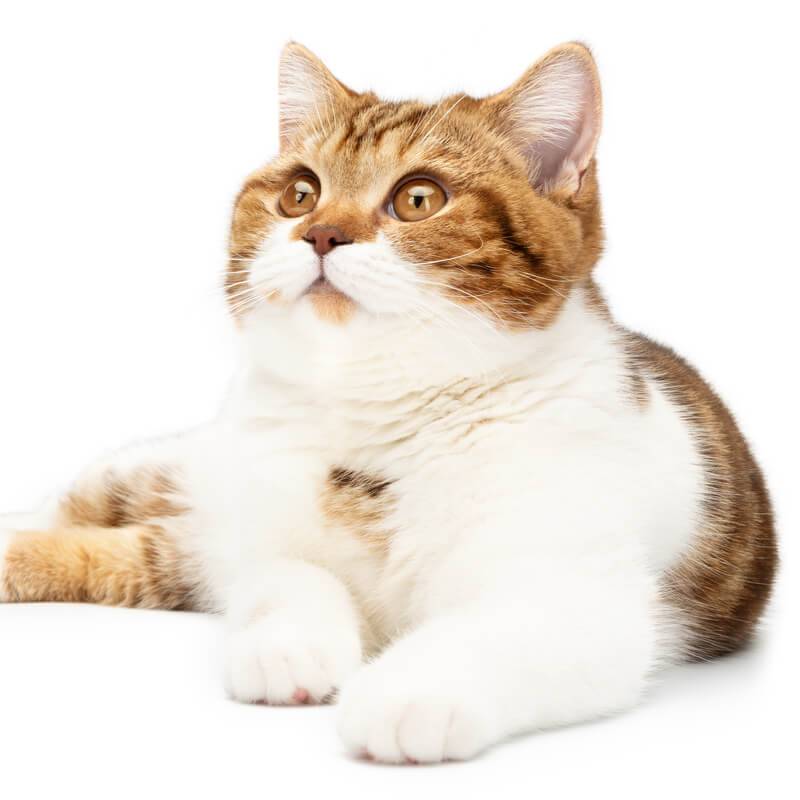
Smoky color with white
The cat has a symmetrically and harmoniously distributed white color (chest, paws, cheeks) and “smoky” spots of any color.
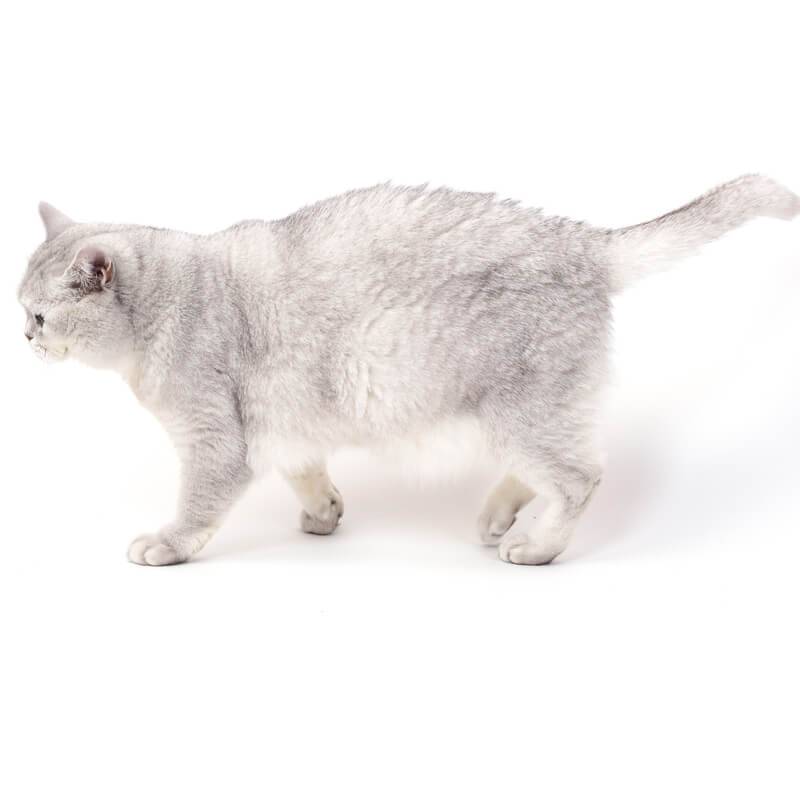
Colorpoint with white
The elegant coat of such a cat is painted in two colors: white and any of the palette with point marks. The chest, front legs are white, there are also white spots on the cheeks. The symmetry of white spots and their harmonious arrangement are appreciated. Black, blue, lilac, chocolate, red, cream, cinnamon and fawn markings. Nose leather and paw pads in the tone of the main color.
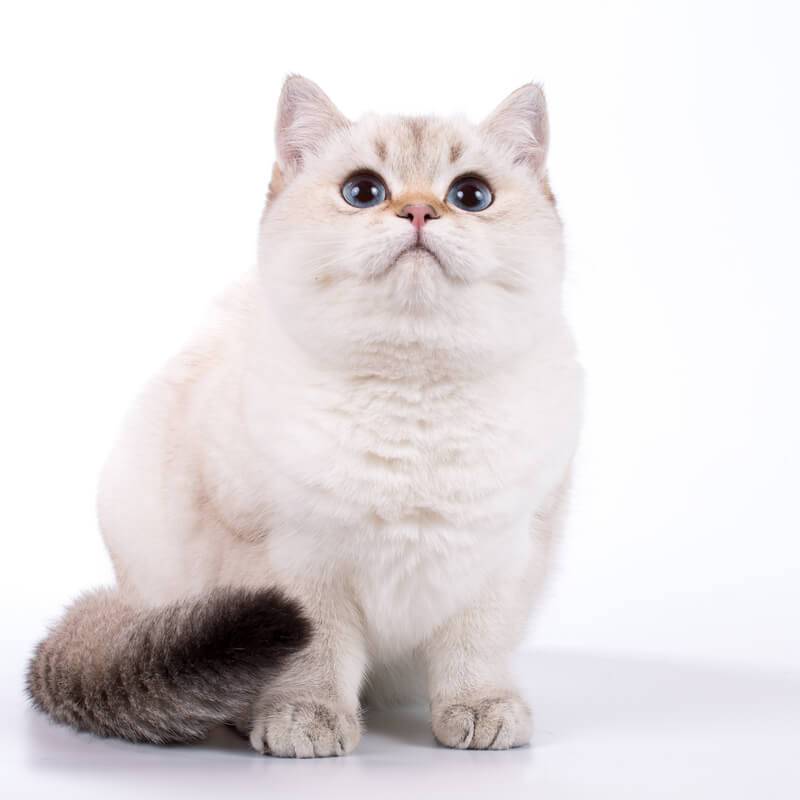
Colors with white tabby
The same turtles, patchwork, only some spots can be with a tabby pattern. It is rare, it is considered a combination of three colors. There may also be spots of one (any) color, on which the tabby pattern appears (stripes, spots, marble).
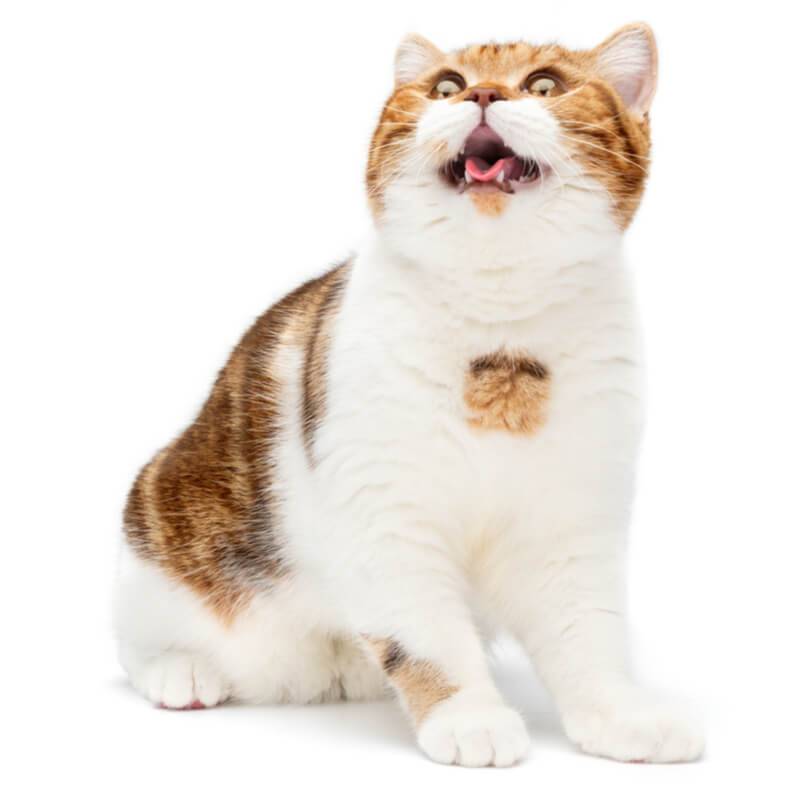
How to determine the color of a British cat?
If you fundamentally need a kitten of a certain color, you should contact a cattery with a good reputation. It is not a fact that you will immediately find what you want, especially if the color is rare. Ask for photos, videos; perhaps they will show you the baby on Skype. Next is to go and choose.
To begin with – visually, but the kitten should already be grown up (3-4 months). In babies, color can change.
Look at the kitten’s parents, talk to the owners, study the breed codes and the color summary table. The exact data of cat fathers and mothers must be indicated in their documents. According to the table, you can determine which kittens a given pair of producers can have.
Well, or you can contact a specialist, an expert felinologist. In the case of rare and complex colors, it is better not to risk it. Interestingly, all cats are originally carriers of the wild color (tabby). That is spotted. But due to the combination of genes, this color is hidden. The jokes of nature can be observed in small kittens, which, having been born with spotted hair, bloom in one tone in a couple of months.



